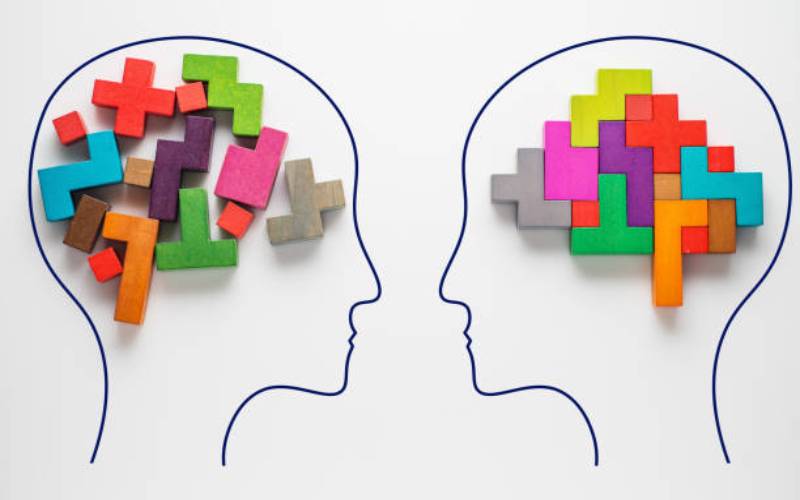Mental Health Disorders: Breaking the Stigma and Finding Support
Mental health disorders are increasingly recognized as significant aspects of overall well-being. However, misconceptions and stigma still surround these conditions, often preventing individuals from seeking the help they need. Understanding what mental health disorders are, identifying common types, and knowing how to find support can make a world of difference for those affected.
Mental health disorders are influenced by genetic, environmental, and psychological factors, and they can affect anyone regardless of age, gender, or socioeconomic status.
There are many types of mental health disorders, and each has its own set of symptoms and treatment options. Some of the most prevalent disorders include:
Anxiety Disorders: These are among the most common mental health disorders, characterized by excessive fear or worry. Examples include generalized anxiety disorder (GAD), social anxiety disorder, and panic disorder.
Depressive Disorders: Depression is a mood disorder that affects one’s feelings, thoughts, and behaviours. It often leads to feelings of sadness, worthlessness, and loss of interest in activities once enjoyed. Major depressive disorder (MDD) and dysthymia (persistent depressive disorder) are common types.
The Impact of Mobile Phones on Family Dynamics: Bridging or Dividing the Modern Household?
Bipolar Disorder: This disorder involves extreme mood swings, from manic episodes (periods of high energy and elation) to depressive episodes. Managing bipolar disorder requires a combination of therapy and often medication.
Post-Traumatic Stress Disorder (PTSD): PTSD can develop after experiencing or witnessing a traumatic event. Symptoms include flashbacks, nightmares, and severe anxiety. It often requires therapy, especially cognitive-behavioural therapy (CBT).
Schizophrenia: Schizophrenia affects an individual’s perception of reality, often resulting in hallucinations, delusions, and disorganized thinking. It is a chronic condition that requires long-term treatment.
Mental health disorders can result from a complex interplay of various factors, such as:
Genetics: A family history of mental illness may increase the risk of certain disorders.
Brain Chemistry: Imbalances in brain chemicals, or neurotransmitters, are known to be associated with some mental illnesses.
Environmental Factors: Stress, trauma, or exposure to violence can trigger or worsen symptoms of mental disorders.
Lifestyle Factors: Substance abuse, poor nutrition, and lack of physical activity may exacerbate mental health issues.
While risk factors can contribute to the likelihood of developing a mental disorder, they don’t guarantee it. Understanding these factors can, however, be a first step in seeking prevention or early intervention.
Breaking the Stigma of mental health
One of the biggest challenges for those with mental health disorders is the stigma surrounding their condition. This stigma often results from a lack of awareness or understanding and can discourage people from discussing their struggles or seeking treatment. Public awareness campaigns, educational programs, and open conversations are essential to reduce stigma and make mental health support more accessible.
Seeking Help and Treatment Options
Treatment for mental health disorders can vary depending on the condition, severity, and individual needs. Common approaches include:
Therapy: Types such as cognitive- behavioural therapy (CBT), dialectical behaviour therapy (DBT), and psychodynamic therapy help individuals cope with their symptoms and improve mental resilience.
Medication: For some, medication is necessary to manage symptoms effectively. This may include antidepressants, antipsychotics, or mood stabilizers prescribed by a psychiatrist.
Self-Care: Incorporating practices like mindfulness, regular exercise, and healthy eating can support mental health. Establishing a daily routine, getting adequate sleep, and finding hobbies also contribute to emotional well-being.
Mental health disorders are common, affecting millions globally. The good news is that they are treatable, especially when people have access to professional support and resources. The first step toward recovery often involves reaching out—whether to a therapist, a trusted friend, or a mental health hotline. As society becomes more educated on mental health, the support network for those in need grows stronger.
Embracing mental health awareness and showing compassion toward those who struggle with mental health disorders can help break the stigma, allowing people to lead happier, more fulfilling lives.
Source: https://www.healthdirect.gov.au/mental-illness-stigma
https://www.betterhealth.vic.gov.au/health/servicesandsupport/stigma-discrimination-and-mental-illness





